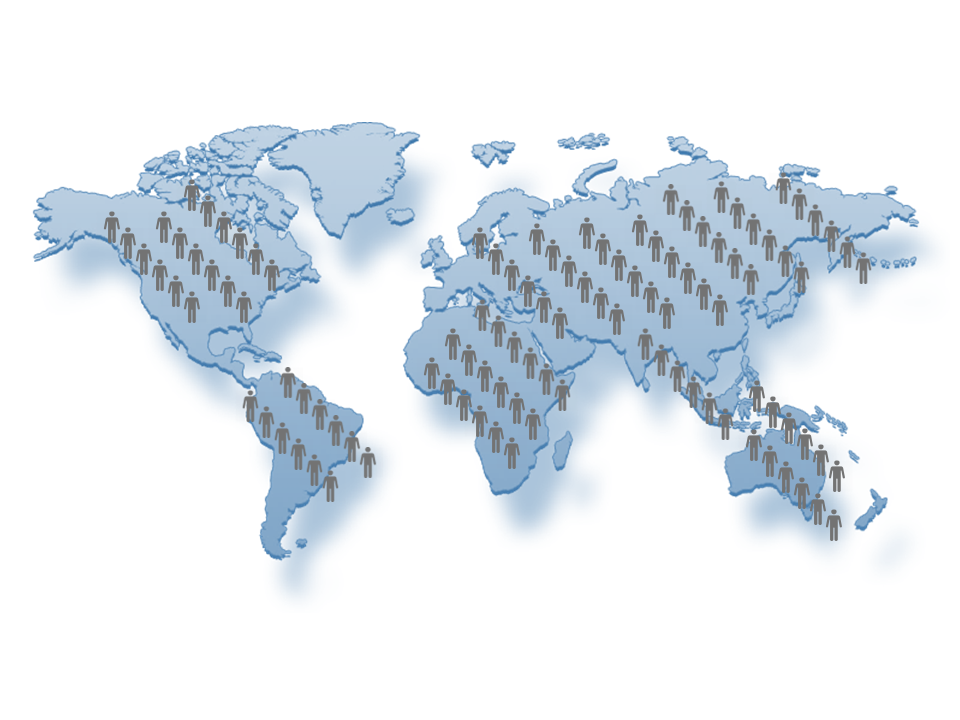Pick Up
1059. World Population Prospects 2024

1059. World Population Prospects 2024
On July 11, the United Nations World Population Prospects 2024 report was released. The global population is projected to reach about 8.2 billion by mid-2024 and will continue to grow for the next 6 decades, peaking at 10.3 billion in the mid-2080s then returning to around 10.2 billion by the end of this century.
The size of the world population in 2100 will be 6% lower, or 700 million fewer than projected a decade ago. This change is due to faster-than-expected declines in fertility rates in some countries, especially China, and the declining fertility rates per woman.
The report highlighted regional differences, noting that some regions are experiencing rapid population growth, while others are facing population decline. As of 2024, populations have already peaked in 63 countries and regions, including China, Germany, Japan, and Russia, and are projected to decline by 14% over the next 30 years. In 48 countries and regions, including Brazil, Iran, Turkey, and Vietnam, the population is expected to peak between 2025 and 2054. The remaining 126 countries, including India, Indonesia, Nigeria, Pakistan, and the United States, are projected to peak in 2054 or the second half of the 21st century, and nine of them, including Angola, the Central African Republic, the Democratic Republic of the Congo, Niger, and Somalia, are projected to double their populations between 2024 and 2054.
Global life expectancy is rising again to 73.3 years in 2024 after temporarily falling to 70.9 years during the COVID-19 pandemic. By the end of the 2050s, more than half of the world's deaths will occur at the age of 80 or higher.
By the mid-2030s, the number of people aged 80 and over is expected to exceed that of infants (under age 1), and by the late 2070s, the number of people aged 65 or older is expected to exceed that of children (under age 18). Even in fast-growing countries and countries with large young populations, the number of people aged 65 or older is expected to increase over the next 30 years.
These demographic insights provide important guidance for policymakers seeking to promote sustainable development, optimize resource allocation, and ensure access to essential social services for all.
Contributor: IIYAMA Miyuki, Information Program
